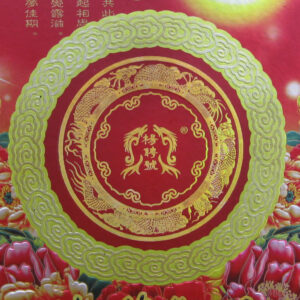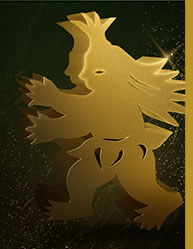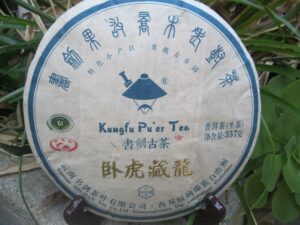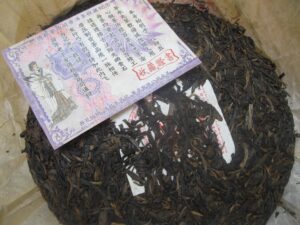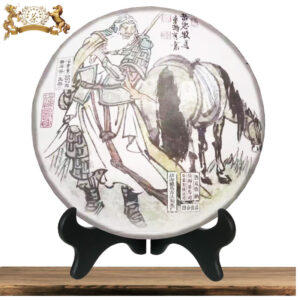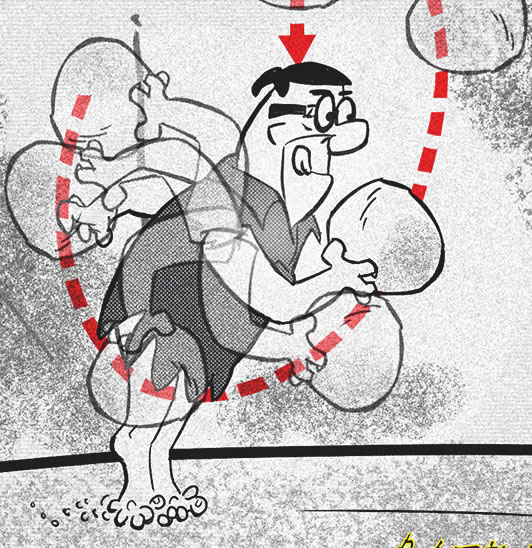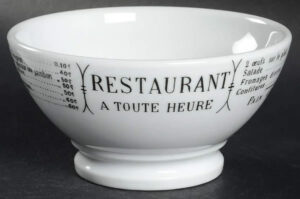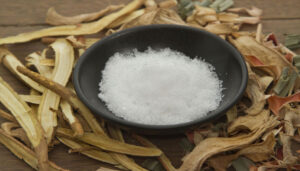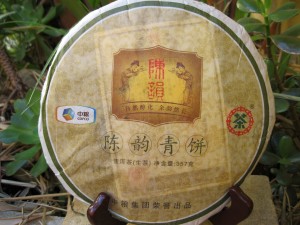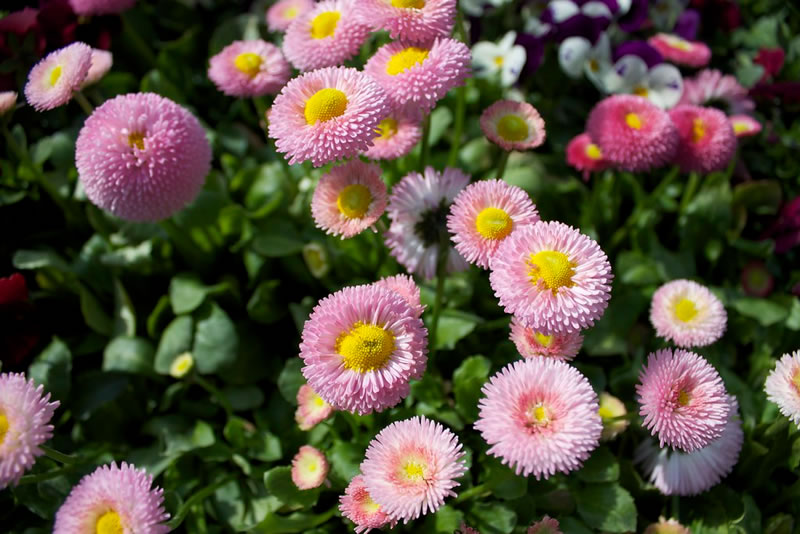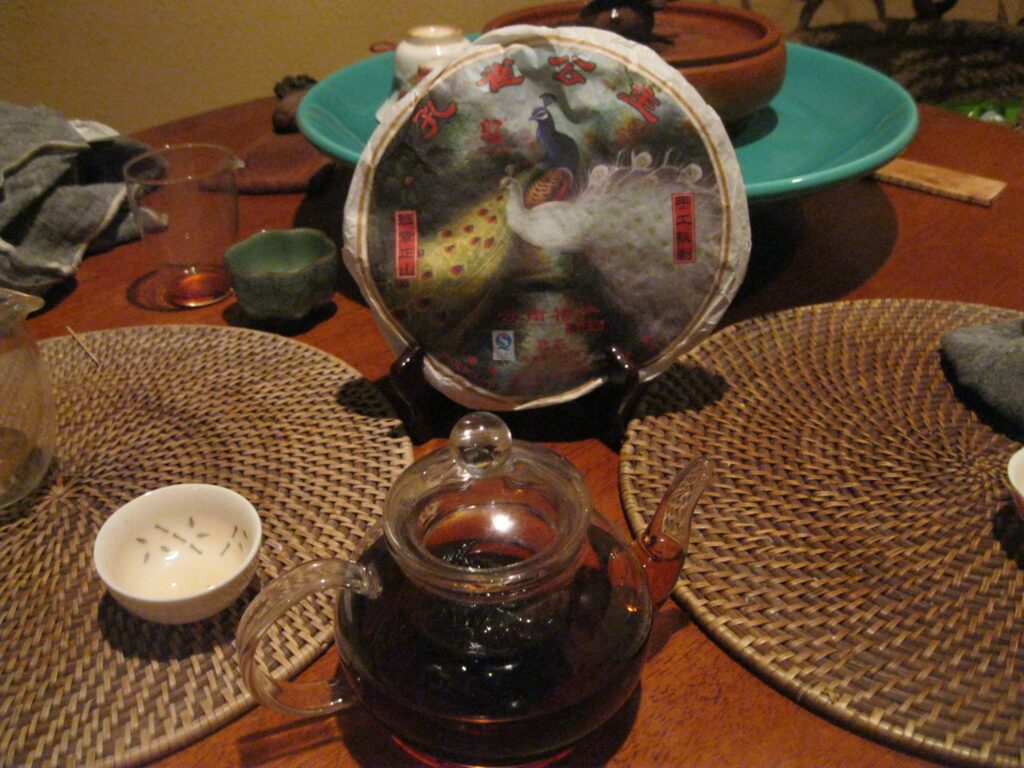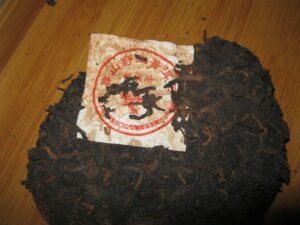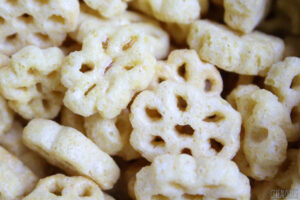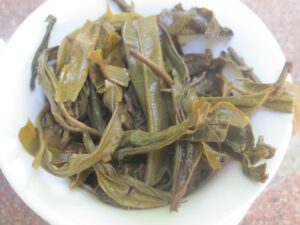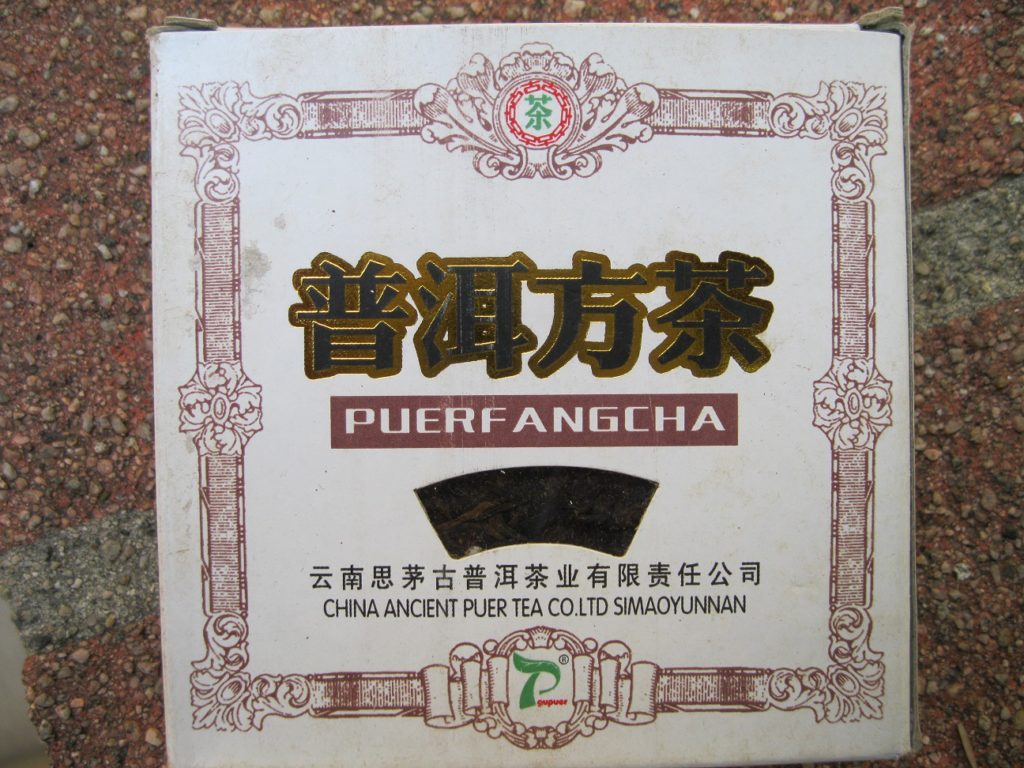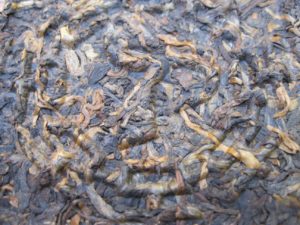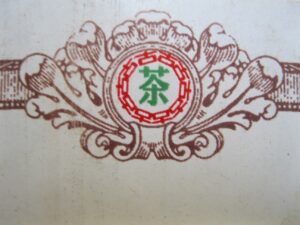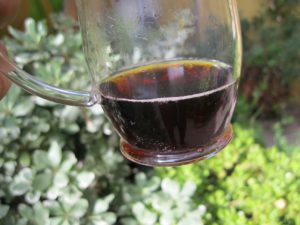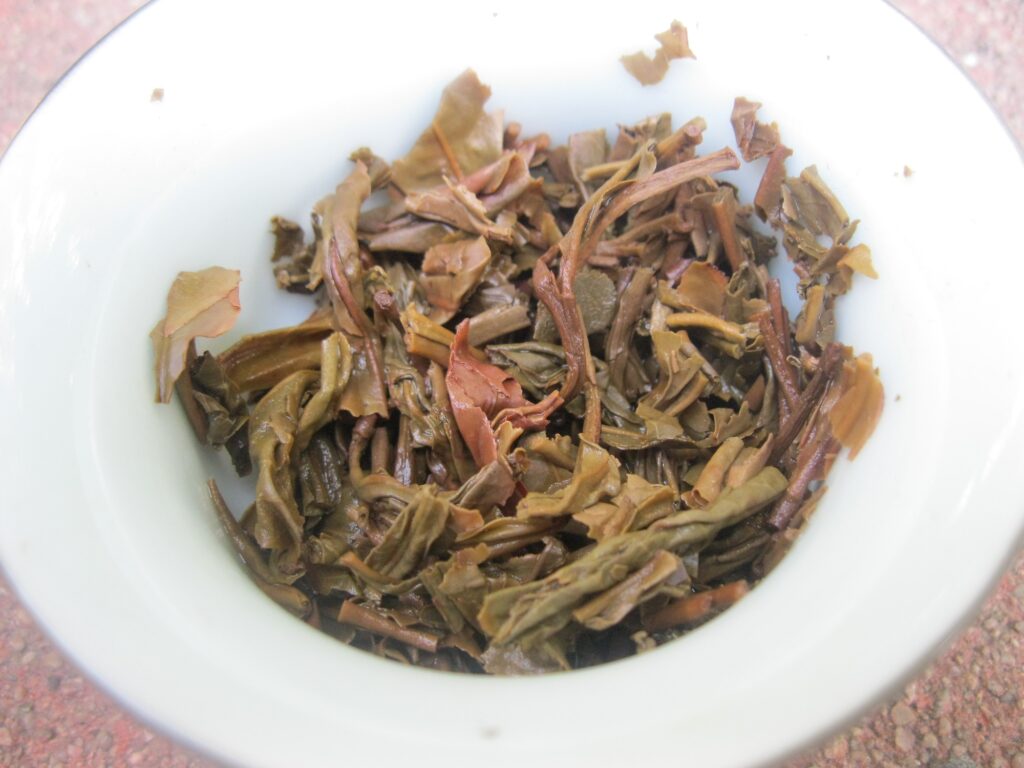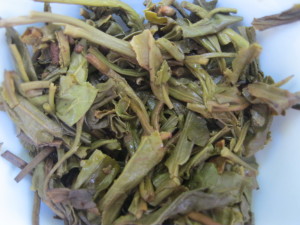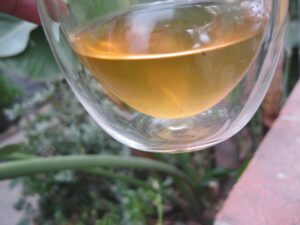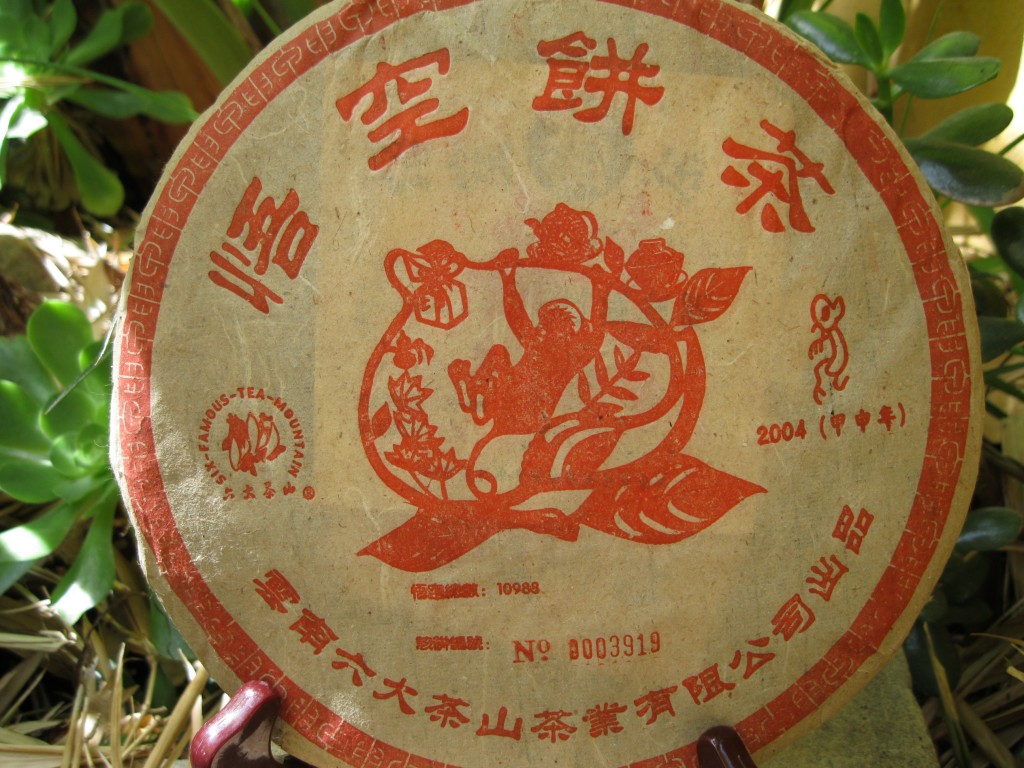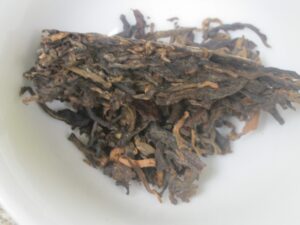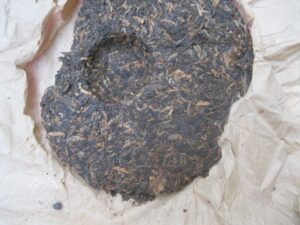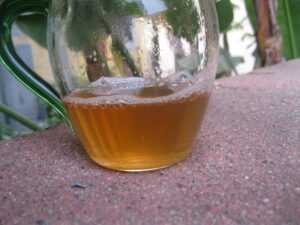Five Star Puerh Factories
This is a feeble attempt to introduce five bling Chinese factories that you find on the Puerh Junky site. These factories came into the fold less as a result of their reputation than how they fit around a thematic imperative, peacocks. This ended up making Fujin a rather obvious choice. Similarly, there’s a curious fascination with the Yang family. Therefore, Yang Pin Hao is another obvious choice. The iconic prehistoric entity of Lancang Ancient TF would certainly fit the bill. Shujian is not a factory but a vendor. Their dragon pearls from ’14 are fascinating. They capture the bougie terroir focus among the boutiques of the current era. Finally, Chamasi which fell into the lunar category with altogether killer wrappers.
Here’s the Fujin icons.
Here’s a page to their Chinese site. What’s so interesting is the factory is stated to have started in ’06 but they are clearly listing their productions from as early as ’02. The number of high-level factories that produced under the ZC label boggles the mind. Such totally generic wrappers.
The site states that the factory founder is responsible for developing the Big Cabbage production and Peacock series. Fujin is quintessentially Bulang/Menghai raw material. The Puerh Junky frequently replaces “Banzhang” for “Bulang” in an effort to evade claims of exaggeration. The puerh from this terroir has less of a black tea (i.e., dianhong) taste as in some Lincang. There’s less of an aggressiveness than Simao/Lancang. If a younger Bulang is confused for an Yiwu then it might be too young. Bulang shouldn’t be Zen, fruity or floral will depend much on the picking. Bulangs keep it real. It’s the Midwesterner of terroirs. There is a stratosphere where differences elude me. Fujin comes with a clear sense of what it offers and doesn’t stray.
Yangpin Hao is a brand going back to the early Republican era but traversing a number of historic, ownership, and administrative changes since its founding. There are quite a few very obvious fakes of this brand on the market. The obvious reason is that the brand goes back to the Republican Era. So, YPH evokes nostalgia. Most of their productions originate from Yiwu and tend to be very slow bloomers. Prices for modern YPH are outrageous. Their older ones? Some have fallen between the cracks or I was able to acquire before the craze.
Although their raw productions are most famous, they possess a distinctive ripe puerh processing craft that is far better than average. Their ripes definitely improve with age.
Lancang Ancient Tea was established as its current brand in ’98 but with a legacy back to ’66. The primarily produce caustic Jingmai. They have been known to print Lunar series productions, more with regularity the past four years. Their Ox and Tiger tuo are comprised of material from five villages.
Shujian is a vendor that sells under its own label, similar to most Western vendors. It does raise some concerns around the consistency of productions from one year to the next. I’ve been storing a few of their dragon pearls of ’14. Those puppies are a good way to get one’s head around the hallmark tastes of each terroir.
Chamasi has the absolute best wrappers. They’ve been around since ’06. They’re an Yiwu, specifically Yibang, operation but it’s likely that they have other offerings. Full disclosure, Chamasi has produced unquestionably the best puerh I’ve ever tasted, if only by distinctiveness. Their offerings have a consistent and pervasive Zen vibe. Their gargantuan 500g Dragon is offered in the Puerh Junky collection.
The scholar dude is one of their logos. They also have one featuring with a horse and dragon as below.
Little need to belabour how cool the wrapper is.
And speaking of wrappers, that just about ends this chapter in the chronicles of puerh factory lore. Fujin is Menghai, Lancang is Simao, Shujian is just a vendor, Yangpinhao and Chamasi are basically Yiwu, the YPH does have at least one Menghai production from Nannuo. Some of these outfits have become extremely popular, with mind-boggling prices. Occasionally one falls through the cracks and the Puerh Junky is able to snatch it up.

